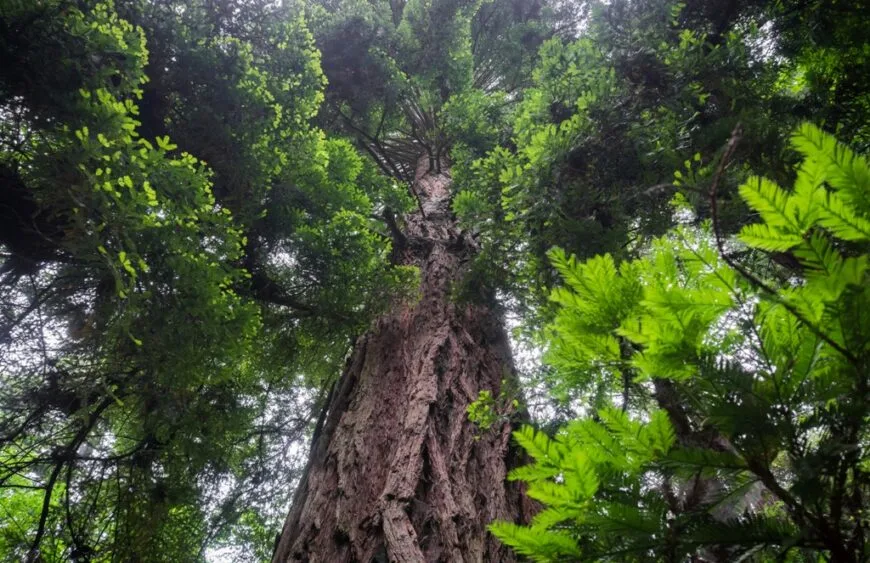Exotic woods, prized for their beauty, durability, and unique characteristics, have been used in various applications, from luxurious furniture to durable outdoor decking. While their appeal is undeniable, the journey of exotic woods from forest to finished product often raises significant environmental concerns.
This article delves into the journey of exotic woods and examines their environmental impact, highlighting the importance of sustainable practices in the industry.
The Allure of Exotic Woods
Exotic woods like Ipe wood, Teak, Mahogany, and Rosewood are celebrated for their distinctive colors, grains, and superior durability. These woods are often sourced from tropical regions, where the climate contributes to their unique properties. The allure of these woods lies in their ability to transform ordinary spaces into extraordinary ones. Offering a level of sophistication and longevity that many domestic woods cannot match.
Harvesting Exotic Woods
The journey of exotic woods begins in the dense forests of Central and South America, Africa, and Southeast Asia.
The process of harvesting these woods involves several steps:
- Identification and Selection: Trees are identified and selected based on their species, age, and health. Selective logging is practiced in some areas to minimize environmental impact, but illegal logging remains a significant problem.
- Felling and Transport: Once selected, trees are felled using chainsaws or other machinery. The logs are then transported to processing facilities, often over long distances through difficult terrain. This phase of the journey can cause significant disruption to local ecosystems.
- Processing: At processing facilities, logs are cut into lumber and treated to prevent decay and insect infestation. This stage may involve the use of chemicals, further contributing to environmental concerns.
Environmental Impact of Harvesting
The harvesting of exotic woods has several environmental implications:
- Deforestation: One of the most significant impacts is deforestation. The demand for exotic woods has led to the clearing of vast tracts of tropical forests, resulting in habitat loss for countless species and contributing to climate change.
- Biodiversity Loss: The removal of trees disrupts the delicate balance of forest ecosystems, leading to a loss of biodiversity. Many species, including plants, animals, and microorganisms, rely on these forests for survival.
- Soil Erosion: Deforestation can lead to soil erosion, as the tree roots that help to hold the soil in place are removed. This can result in degraded land that is less fertile and more prone to landslides.
- Carbon Emissions: Trees play a crucial role in sequestering carbon dioxide. When forests are cleared, the stored carbon is released into the atmosphere, contributing to global warming.
Sustainable Practices in the Industry
To mitigate the environmental impact of harvesting exotic wood, several sustainable practices have been implemented:
- Certification Programs: Certification programs like the Forest Stewardship Council (FSC) and the Programme for the Endorsement of Forest Certification (PEFC) promote responsible forestry practices. These programs ensure that wood is sourced from sustainably managed forests, protecting ecosystems and local communities.
- Reforestation and Afforestation: Reforestation involves replanting trees in deforested areas, while afforestation involves planting trees in areas that were not previously forested. These practices help to restore ecosystems and sequester carbon.
- Reduced Impact Logging (RIL): RIL techniques minimize the damage caused by logging activities. This includes careful planning of logging roads, selective logging, and avoiding logging in sensitive areas.
- Chain of Custody: A chain of custody certification tracks the wood from the forest to the final product. This ensures that consumers can trace the origin of the wood and verify its sustainability.
The Role of Consumers
Consumers play a crucial role in promoting sustainable practices in the exotic wood industry. By making informed choices and demanding certified products. Consumers can drive the market towards more responsible sourcing.
Here are some ways consumers can contribute:
- Choosing Certified Wood: Look for FSC or PEFC certification when purchasing exotic wood products. These labels guarantee that the wood comes from responsibly managed forests.
- Supporting Sustainable Brands: Support brands and companies that prioritize sustainability in their sourcing and manufacturing processes.
- Considering Alternatives: Consider using alternative materials that have a lower environmental impact, such as reclaimed wood or domestically sourced hardwoods. You can also check here for hardwood suppliers.
- Advocating for Policy Change: Advocate for policies that promote sustainable forestry practices and protect tropical forests from illegal logging and deforestation.
Conclusion
The journey of exotic woods from forest to finished product is fraught with environmental challenges. However, through sustainable practices and informed consumer choices. The impact of this journey can be significantly reduced.
By prioritizing sustainability, the industry can continue to enjoy the beauty and benefits of exotic woods. While protecting the precious ecosystems from which they are sourced. The responsibility lies with all stakeholders, from loggers to consumers. To ensure that the journey of exotic woods is a sustainable one.

